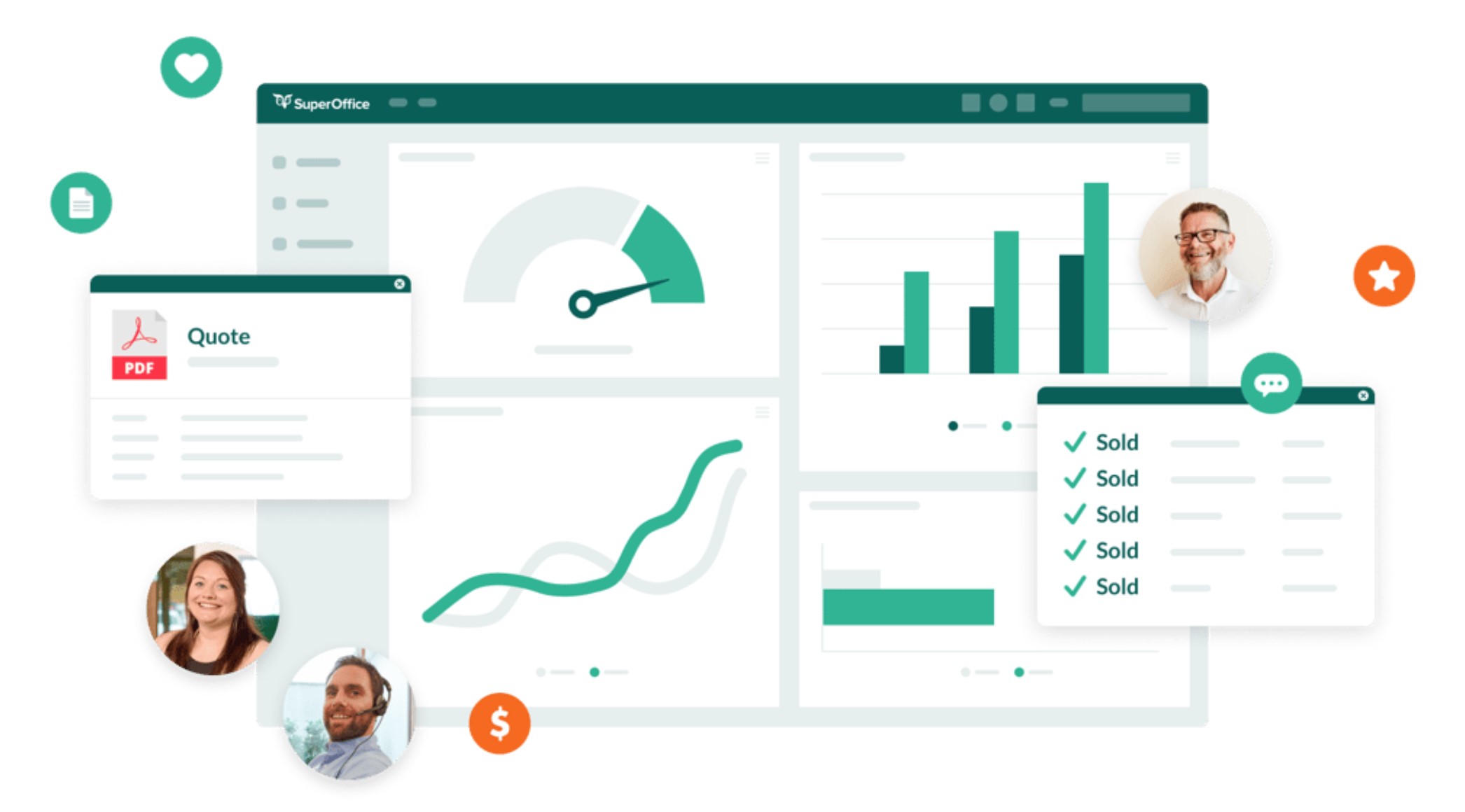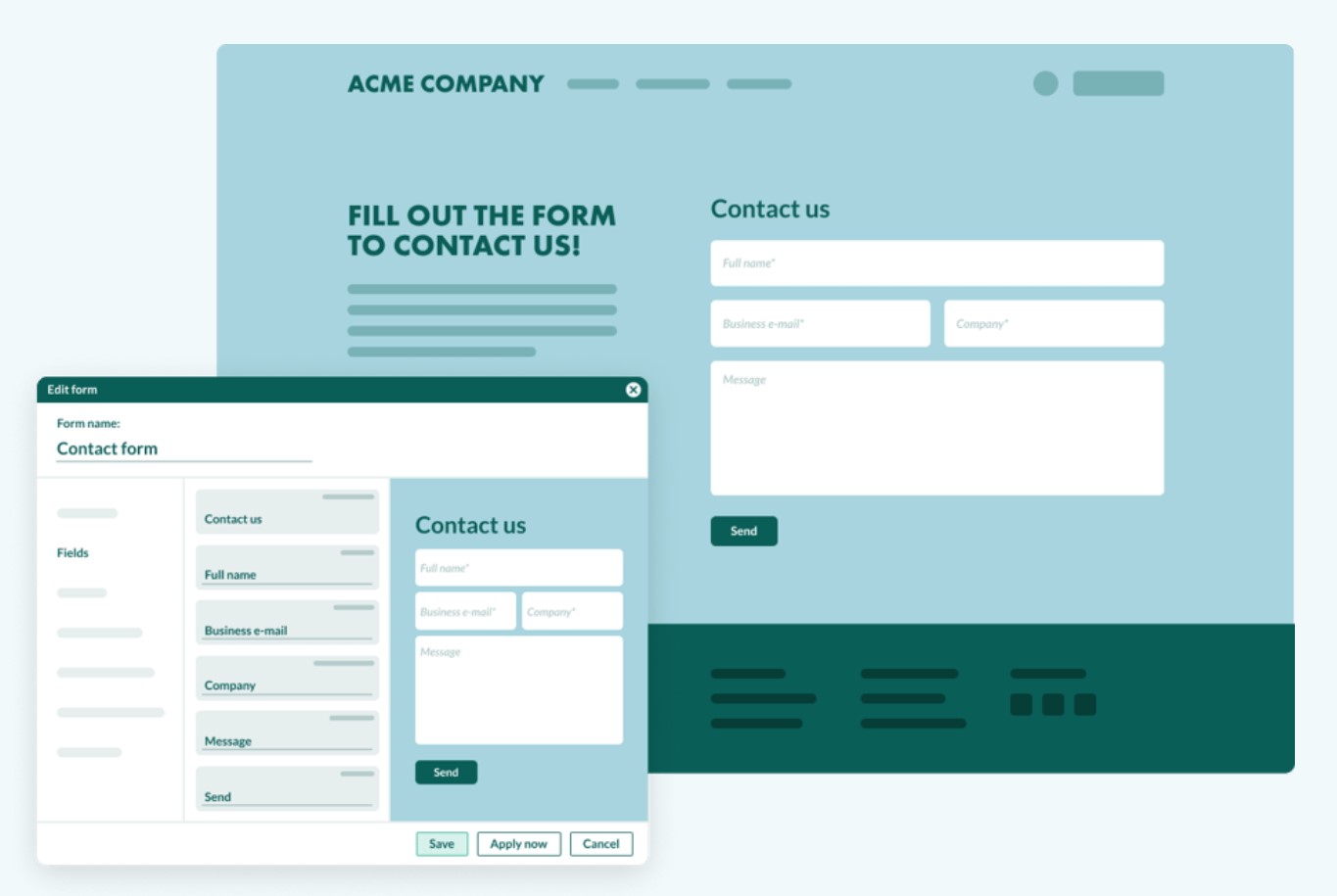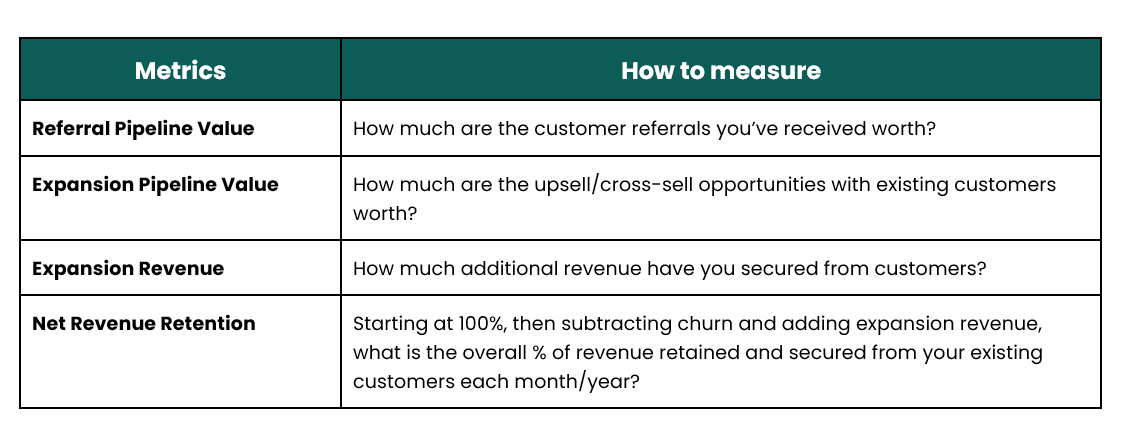In B2B, a new year usually means new revenue targets and sales quotas to fill.
And it’s not easy, as new sales are tougher than ever to come by.
More than 50% of sales reps say it’s harder to speak with prospects than it was 5 years ago. Sales cycles have increased, too.
This has led to more businesses reducing spend and tightening their budgets.
There’s no escaping it - it’s a tough time to increase revenue.
At SuperOffice, we’re firm believers that productivity and relationships matter more than anything in business, and never more so now.
We want to help your organization create a plan to tap into existing customer relationships, build loyalty, improve sales productivity, and hit this year’s revenue targets.
Ready?
Let’s start by taking a closer look at why selling to your existing customers is an effective strategy for your business this year.
Selling to existing customers is time-saving and cost-effective
The cost of acquiring a new customer in B2B SaaS is $700. That’s quite high if you ask us!
As the B2B sector gets more competitive, the cost is only going to increase.
But this only factors in the marketing spend. It doesn’t include the time and resources spent to close those new deals.
So, here is the reason number one to focus on existing customers – reduced spend.
Another reason is that it’s much easier to sell to an existing customer than it is to sell to a new prospect.

By paying closer attention to your existing customers, you have access to a group of decision makers who already know, like, and trust you, which dramatically increases your chances of closing a deal with them.
Your happiest customers will spend more with you
Existing customers are an essential source of growth for B2B companies.
If you focus on making your existing customers happy, you can expect to increase their average spend by as much as 15-25% a year.
This is because 56% of customers who are happy with your brand, and become loyal customers as a result, will spend more with you, even if there are cheaper options.
In fact, your most loyal customers will have a 306% higher lifetime value. So the effects of focusing on your existing customers will compound over time, too.

But! You need to have happy and loyal customers before you can expect them to spend more with you, right?
So, how do you make them happy?
How to create happy and loyal customers
One way to make your customers happy and loyal, you can introduce a customer loyalty program.
This may sound complex or expensive, but it doesn’t have to be.
More than 75% of B2B companies have a customer loyalty program in place.
This is because companies that focus on creating customer loyalty can nurture 32% more long-term relationships compared to those that don’t, and ultimately sell more to those customers as a result.
The challenge with a customer program is that it can be overwhelming.
So much so, that only 42% of business leaders believe that they’ve taken the right approach when creating a customer program.

So, let’s take a look at how you create a customer loyalty program for your business.
But first - what is a customer loyalty program?
Generally speaking, the goal of a customer program is to create memorable experiences that keep your customers coming back for more.
However, in B2B, customer programs work slightly differently.
Many well-known B2B companies operate customer loyalty programs including; Mailchimp, Lenovo, IBM, and HP.
These kinds of programs have a strong overlap with customer success or customer experience activities, and have 5 key purposes/outcomes:
- Customer retention - keeping your customer around for the long term
- Stronger relationships - building an emotional connection with your brand
- Gather insights - to better understand your customers and customers like them
- Additional sales - to maximize the lifetime value of your customers
- Advocacy - to get customers to recommend your brand to others
By designing a customer loyalty program that is appropriate for your customer base, you stand to benefit from more than just an increase in sales and LTV.
Starting a customer loyalty program
Before starting your journey towards building a customer loyalty program, you need to make sure that you have both of the following in place:
- Be able to rely on already having high levels of customer satisfaction and an exceptional customer experience. If this isn’t in place, you may struggle to leverage loyalty in the way you’d hoped. 2
- Be prepared to track everything, using a CRM (like SuperOffice) as your central source of the truth when it comes to customer interactions, insights, sales, and more.
Then, you can begin to analyze your customer base. You can use a CRM to look at behavior, patterns, and requests of your most valued customers.

Your most valued customers will have been with you for the most time, spend the most money with you, or have some other form of influence. This means that they make strategic sense to include in your customer loyalty program.
From there, you’ll need to develop an approach that is the right fit for both your customers and your business.
Here are 5 examples you can consider for your program.
1. Member-only perks
People like to feel special or exclusive. That’s why offering “member-only perks” is one way to achieve this.
By being part of a group of VIP customers and having access to additional ways to unlock value from your company could be huge for many of your customers.
Ways you could tackle this include:
- Special events – both online or in-person are great ways to offer new experiences
- Additional content – to help educate customers or give them new insights
- Training & workshops – going beyond basic onboarding to create “power users”
- VIP community – an “always on” location to regularly drip-feed all of the above
A good way to launch this is to use your CRM to segment customers who have been with you for several years, or are at a certain size, and offer them member-only perks in recognition of these milestones.
2. Referral program
If you can identify a segment of customers in your CRM who are already highly satisfied with your product, then it’s time to leverage that satisfaction with a referral program.
There are two key ways you can launch a referral program using a CRM like SuperOffice.
- Send an email to the customer segment who you believe are ready for a referral program. Give them information about what you expect them to do - and what’s in it for them, and include a referral code which you can then capture as a field in your web forms.

- Use a partner tool that is already fully integrated with your CRM. This will allow you to run more advanced referral campaigns and make sure all relevant information is captured in your sales pipeline.
The financial incentives (or other perks) you choose to offer your customers as part of this referral program will differ depending on the sector you operate in, but you should work on the assumption that no referral should go unrewarded.
3. Customer advisory board
Your customers like to know that their opinions matter and that their feedback has been heard. As part of this, you should consider forming a customer advisory board.
By doing this, not only will your customers feel important, but they’re also more likely to increase their loyalty to your brand and be more open to expanding their account with you.
An advisory board can be as simple as a regular meeting to discuss your product roadmap, showcase new features, or even gather market intelligence. You can also have multiple advisory boards with customers from various segments.
You can use your CRM to research appropriate potential board members and issue invites, as well as sending out any documentation or follow-up communication.
4. Partner status
Companies like Microsoft have paid partnership programs that combine a number of perks together, such as hosting credits, discounts on software products, etc., into a neatly defined membership package.
The packages range from bronze to silver and help Microsoft lock in companies and expand their usage across products through discounts and introductory offers.
These companies benefit from being seen as either a bronze, silver, or gold Microsoft partner. This is both a trust signal to potential customers, but also a badge of honor that can help them with things like talent recruitment, too.
By introducing a paid partnership program, you could unlock multiple opportunities both for your company in terms of revenue, and for your customers as a result of their ongoing loyalty.
5. Personalized incentives
One final option you can consider as part of a customer loyalty program is personalized incentives.
These can take a number of different forms, including:
- Specialized training – helping a customer overcome a specific business problem
- Sponsored features – allowing customers to pay to fast-track a feature they want
- Increased support – helping customers through a difficult transition or expansion
- Prioritized service – getting their requests dealt with first as part of a VIP treatment
You can introduce these incentives to demonstrate value and lay the groundwork for a much bigger sales opportunity. Or you can offer them as a time-limited perk with an upsell opportunity at the end.
How you choose to operate these customer loyalty initiatives is down to the specifics around your company and the types of customers you work with.
You may choose to make some of these options a challenge, or you may wish to offer them perks that they can unlock based on certain actions.
Either way, they’re sure to encourage long term loyalty for your brand as well as open doors for several commercial opportunities.
Measuring the impact on your business
By using a CRM solution as your central source of the truth, you’ll quickly be able to gather insights and intelligence based on these customer loyalty approaches and their direct contribution towards increased revenue.

There are two ways you can approach the measurement of your customer loyalty program: KPIs and metrics.
KPIs will help you look at the performance of your team and their contribution to the overall program. These could include things like:
- Number of customers signed up to receive member-only perks
- Conversion rate of customers going from bronze to gold partner status
- Amount of customer advisory board meetings conducted this year
Ultimately, these KPIs can be any kind of measure you think is appropriate for your business. They can be measured by creating custom data exports in your CRM, providing you are capturing the data.
When it comes to measuring the increase in sales from existing customers as a result of your customer loyalty program, there are some key metrics you’ll also want to track with your CRM related to sales pipeline and revenue, including:

Another way to measure the impact is through custom dashboards.
You can easily create a custom dashboard in SuperOffice CRM to track the outcomes of your customer loyalty and existing customer sales efforts.
Whether you choose to measure KPIs, metrics, or a combination of both, make sure you regularly track and review the performance of your loyalty program.
This allows you to make iterative improvements where necessary. This way you can maximize the additional revenue you can secure from your existing customers.
Conclusion
Customer loyalty is a huge source of growth for B2B companies.
Perhaps even more so when the economy is struggling.
By focusing on selling to your happiest and most loyal customers, you can see annual spending increase by up to 25%. You have their trust, they like you and they’re already doing business with you.
It’s time to stop ignoring your customers and, instead, start rewarding their loyalty!
Looking for a CRM platform to help you sell more to existing customers?
With SuperOffice, you get access to a:
- Powerful CRM software that keeps all of your customer data in one place
- Sales tool designed to help you sell more to existing customers
- Support tool to help you respond quickly to your most valuable customers
- Marketing platform to communicate with all members of your loyalty program
- and much more…
Try SuperOffice today and start managing all your sales, marketing, and customer support relationships from one CRM platform.



